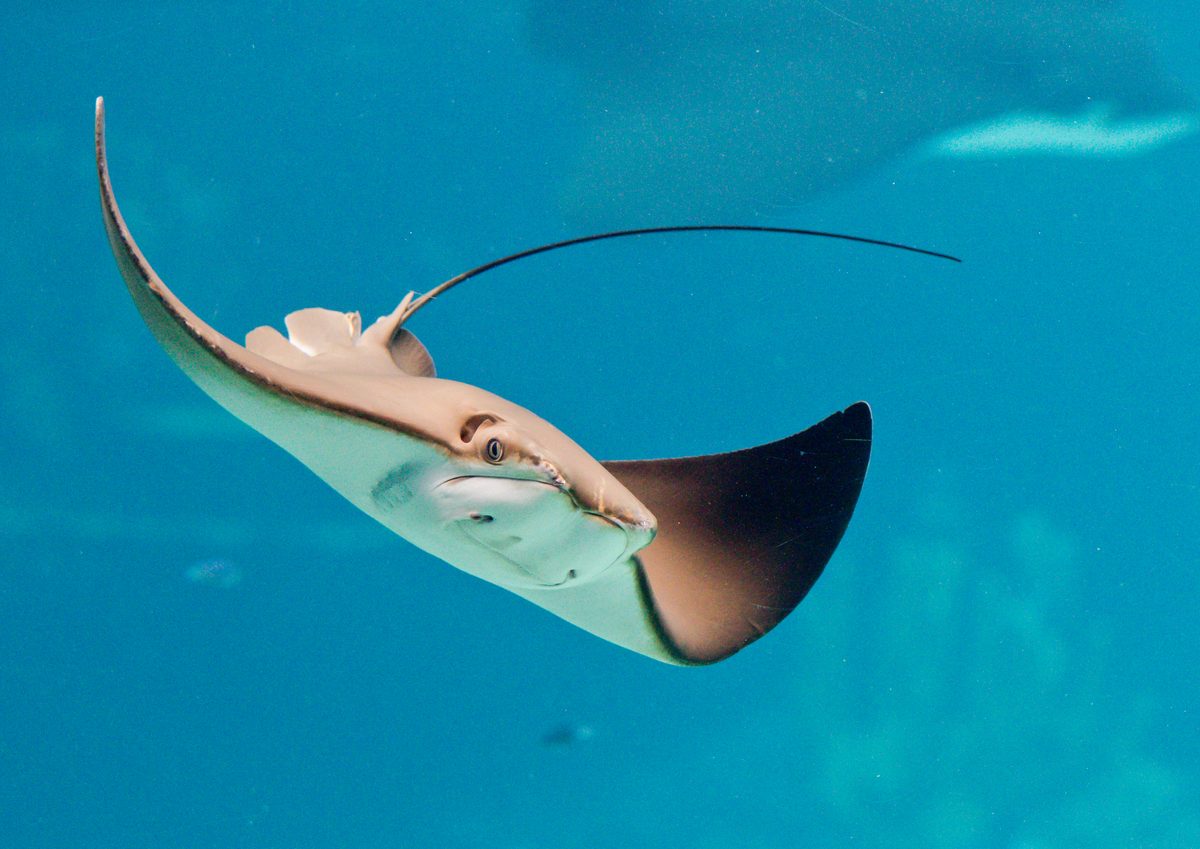T4K3.news
Giant Tube Worms Found in Hidden Ocean Caves
Scientists uncover a cave network beneath the Eastern Pacific hosting giant tube worms powered by chemosynthesis.
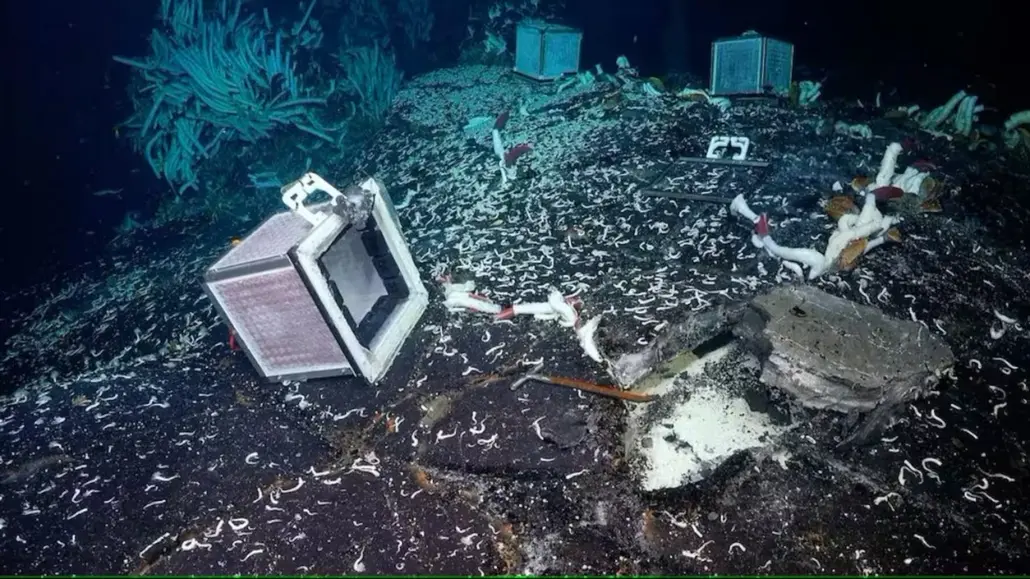
Scientists reveal a sealed cave system beneath the Eastern Pacific that hosts giant tube worms and hints at undiscovered life.
Giant Tube Worms Found in Hidden Ocean Caves Alive and Thriving
Researchers from the Schmidt Ocean Institute used a remotely operated vehicle to lift rock slabs and expose a network of caves on the Eastern Pacific seabed. Inside, giant tube worms measuring up to 50 centimeters were found living in total darkness, sustained by chemosynthetic bacteria rather than sunlight.
Published in Nature Communications, the study notes that these caves maintain a steady 24°C, offering a stable refuge from the sea's temperature swings. The finding expands the idea that deep seabed environments can host complex life and signals potential for more undiscovered species in hidden chambers.
Key Takeaways
"It’s fascinating to see how animals adapt to such extreme conditions"
Comment from Sabine Gollner, co-lead of the expedition
"These caves offer a sanctuary from harsh thermal swings"
Researchers describe the stable cave environment
"Life turning chemistry into energy reminds us Earth still holds surprises"
Editorial reflection on deep-sea life
This discovery challenges assumptions about where complex life can take hold and shows how extreme habitats can shape evolution. It also underscores the role of technology in exploring remote frontiers, and raises questions about how to balance research with conservation in delicate deep sea ecosystems.
It invites a broader look at how chemosynthesis powers life in the absence of light and what this means for future missions, including how nations and private groups fund such work. The story blends wonder with caution about the environmental footprint of exploration and the need for clear safeguards.
Highlights
- Dark seas hold bold answers about life
- Chemosynthesis rewrites the rules of life
- Discovery shows the deep still hides wonders
- Life can thrive where light never reaches
The next steps will test these findings against other untouched corners of the planet.
Enjoyed this? Let your friends know!
Related News

Researchers unveil new worm species discovered in alligator experiment

Whale Fall Reveals Hidden Ocean Food Web
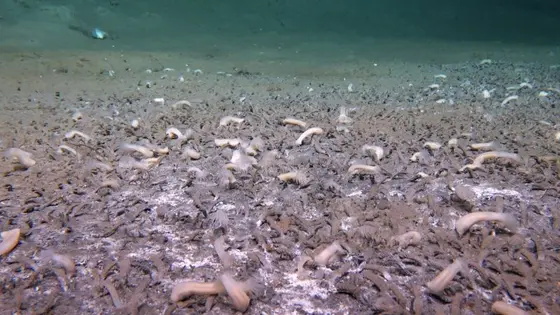
Deep sea find reveals methane fueled ecosystem in hadal trenches
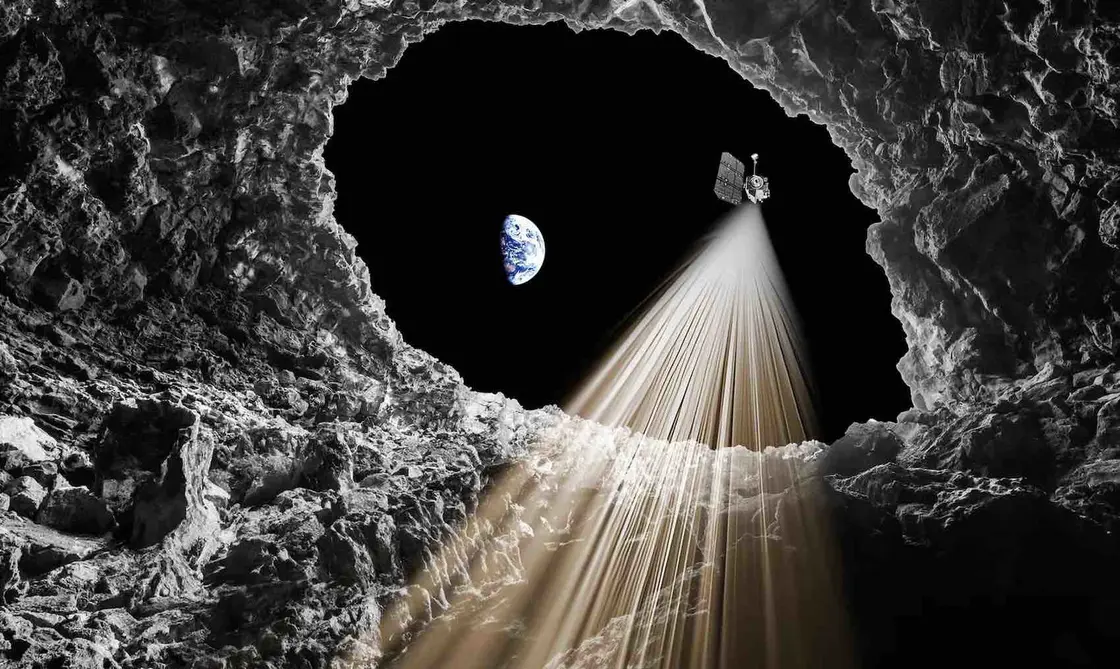
NASA Discovers Cave Entrances on the Moon

Denmark Cataract identified as largest waterfall

Microplastics found in ecosystems and human bodies
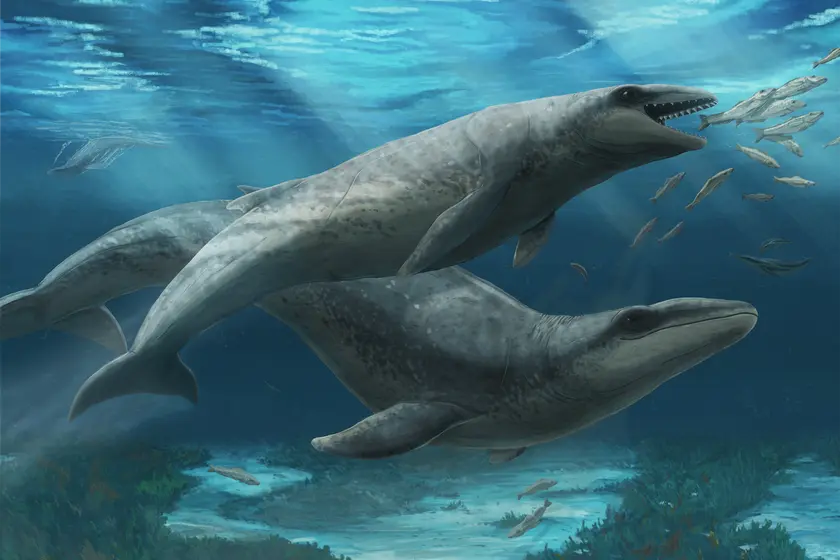
Ancient whale Janjucetus dullardi found off Victoria
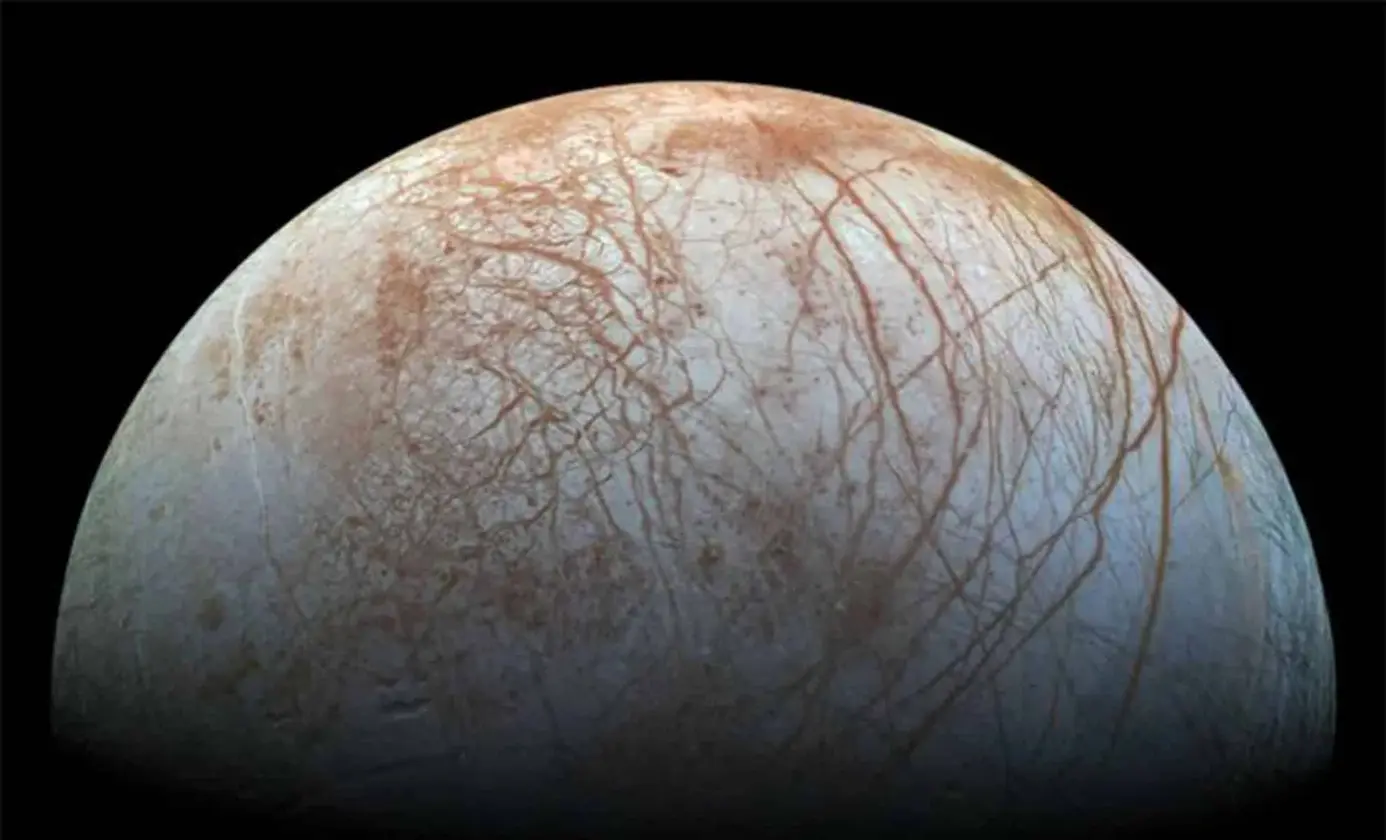
Galileo's Mission to Jupiter Ends
